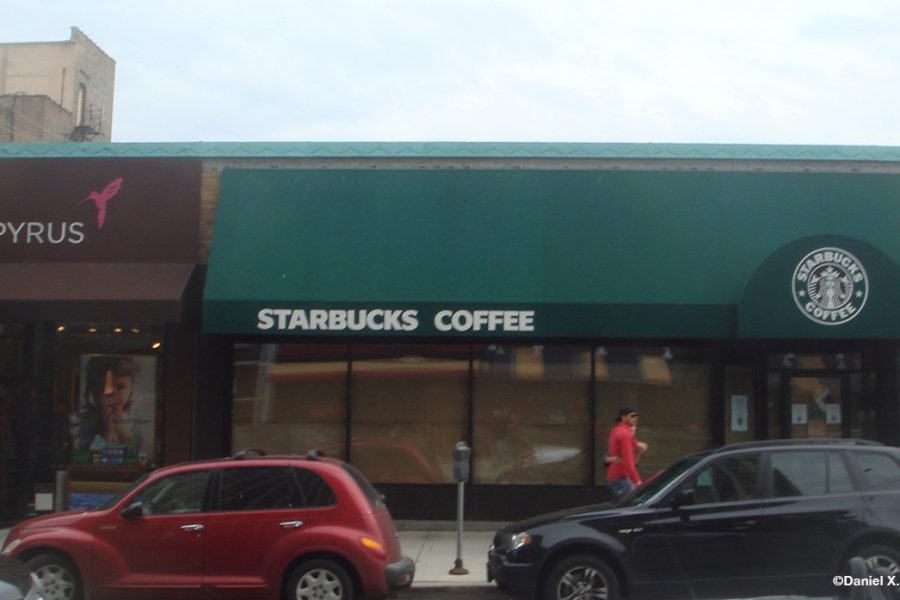For anyone who’s visited or lived in the American South, the much-loved Waffle House is everywhere. Open 24 hours, the Waffle House is known for its good service and consistent if not perhaps gourmet offerings. Of course, breakfast is served all day (and night).
There are 1,981 Waffle Houses in 25 states and territories mostly in the southeast. Although most Waffle Houses are franchises, they maintain a remarkably consistent and well-liked menu and quality customer experience. This necessitates a highly developed supply chain delivering inventory and supplies on time – especially in the storm prone southeast that allows them to remain open or re-open quickly even when catastrophic storms hit.
That ability has not gone unnoticed by FEMA and the National Weather Service. While not an official source of weather and recovery information, it is a popular measure of a storm’s severity and post-storm recovery that has become known as the Waffle House Index.
Even bigger than Waffle House is Starbucks, which operate 15,988 stores in the United States and another 19,723 in 80 countries around the world.
While Starbucks operates a highly developed supply chain, they may be better known for being a barometer of crime and a community’s economic well-being – the Starbucks Index.
The beginning of a Starbucks location’s demise is often when crime and unsavory behavior becomes common inside the store. Known as “high incident” stores, they are easily identified. It begins with store managers installing keypad locks or lock timers on restroom doors, or even closing the restrooms completely to deter drug use, bathing, or even sexual encounters.
Ever find blue lights illuminating a restroom? It’s so IV drug users can’t find their veins. Sharps containers in restrooms aren’t placed there because of diabetics injecting insulin, but for IV drug users.
The problem caught the attention of then-Starbucks “CEO Howard Schultz said, ‘the company was rethinking its “open bathroom” policy’ due to mounting concerns about public safety.”
Another sign of a declining neighborhood – is when Starbucks pulls retail items like souvenir cups and bagged coffee. A store may initially switch to hard surface seating , then remove the seating entirely and only offer to-go service. Security guards will be called in if the store is profitable enough to try and save. If staff are threatened or assaulted, they may close the lobby completely and offer only a walk up window. Finally, when profits drop low enough, the store will close.
In 2022, Starbucks closed stores in Seattle, Portland, San Francisco, and Los Angeles amongst many other cities – mostly due to crime and employee safety.
Starbuckseverywhere.net is a private site for coffee aficionados that tracks Starbucks openings and closures. In 2023, there have been over 40 closed US based stores and counting.
Among the recently closed stores is the Starbucks at 201 3rd Street in San Francisco adjacent to the Moscone Convention Center. The Center lies in the 94103 Zip Code, which has a violent and property crime rate that is nearly three times the national average. Not surprisingly the Moscone Center recently lost two major convention bookings whose operators cited crime as the reason for the cancellations.
Across the Bay in Oakland the Starbucks at 3347 Lakeshore has closed permanently as of March 3rd. The Lakeshore Zip Code of 94610 crime rate is also over three times the national average.
Certainly, crime is not the only reason that Starbucks closes stores. Declining business in downtowns that no longer have the business foot traffic to support a store and even competition from neighboring Starbucks can impact closures.
But next time you’re in a Starbucks, look for the signs. If the restrooms are locked, lit by blue lights, and there is no furniture. you may be experiencing the “Starbucks Index” and have inadvertently found yourself in a very high crime neighborhood.
Steve Smith is a senior fellow in urban studies at the Pacific Research Institute, and the author of the PRI study on California’s growing crime problem, “Paradise Lost.”


